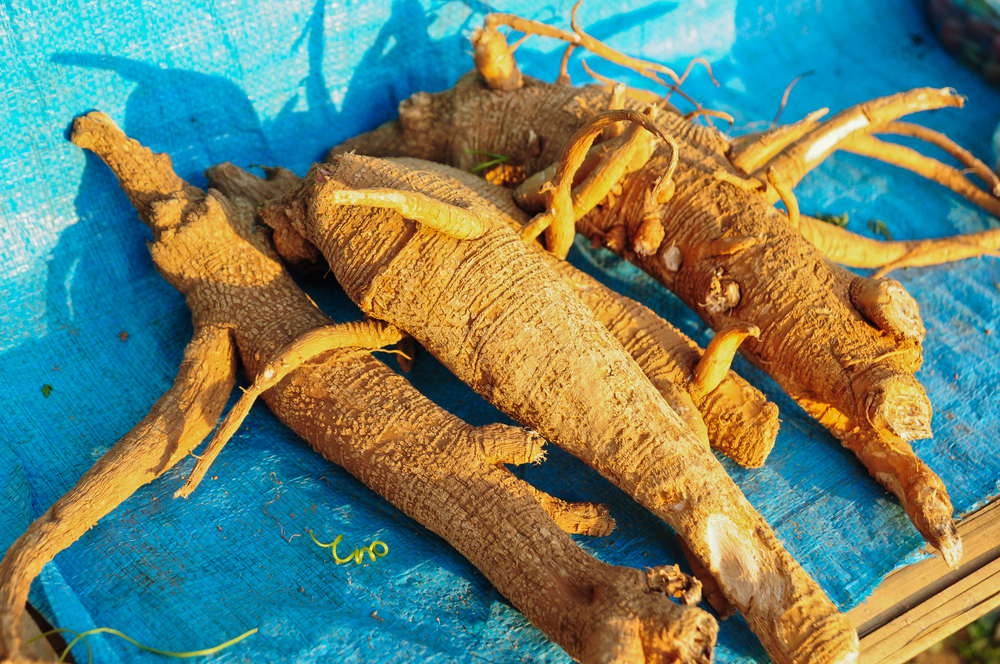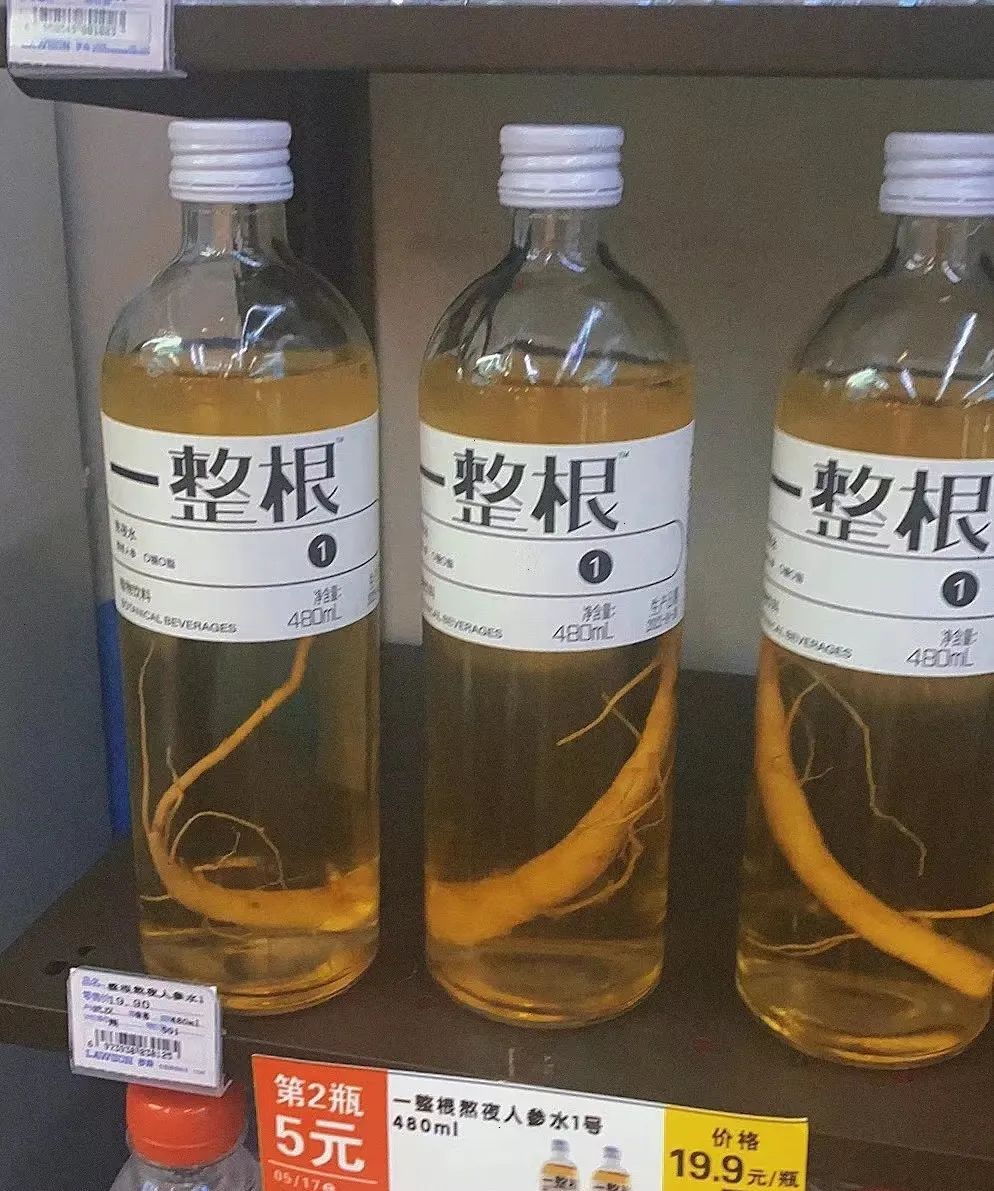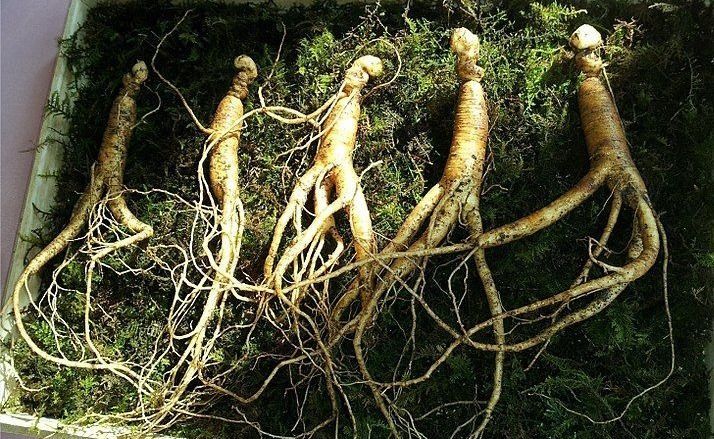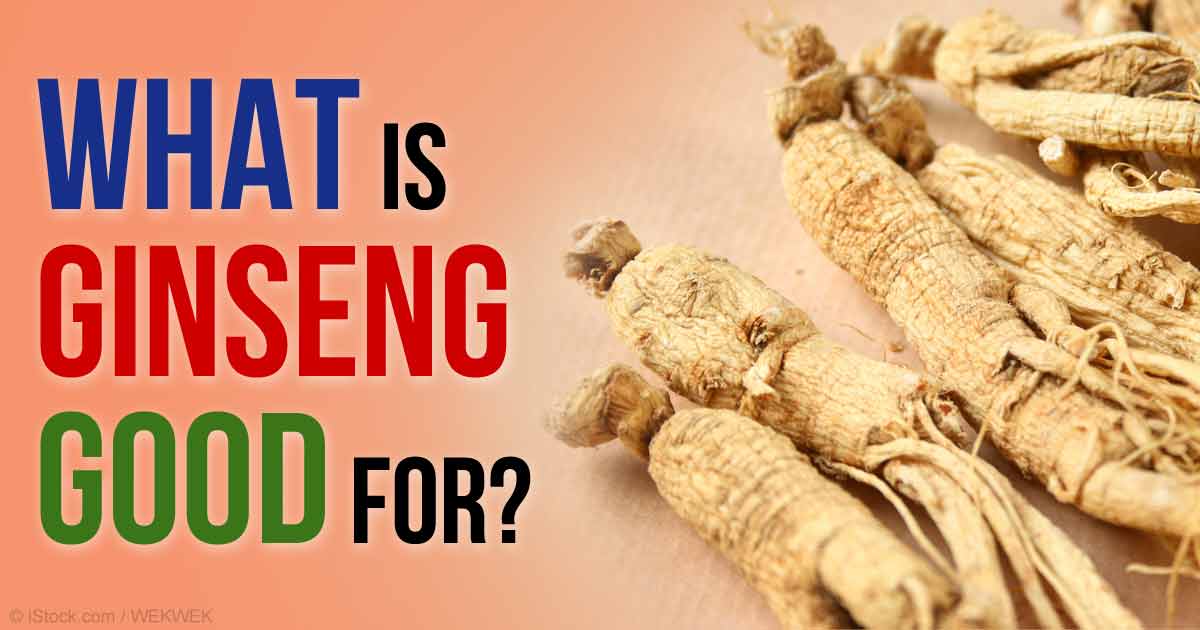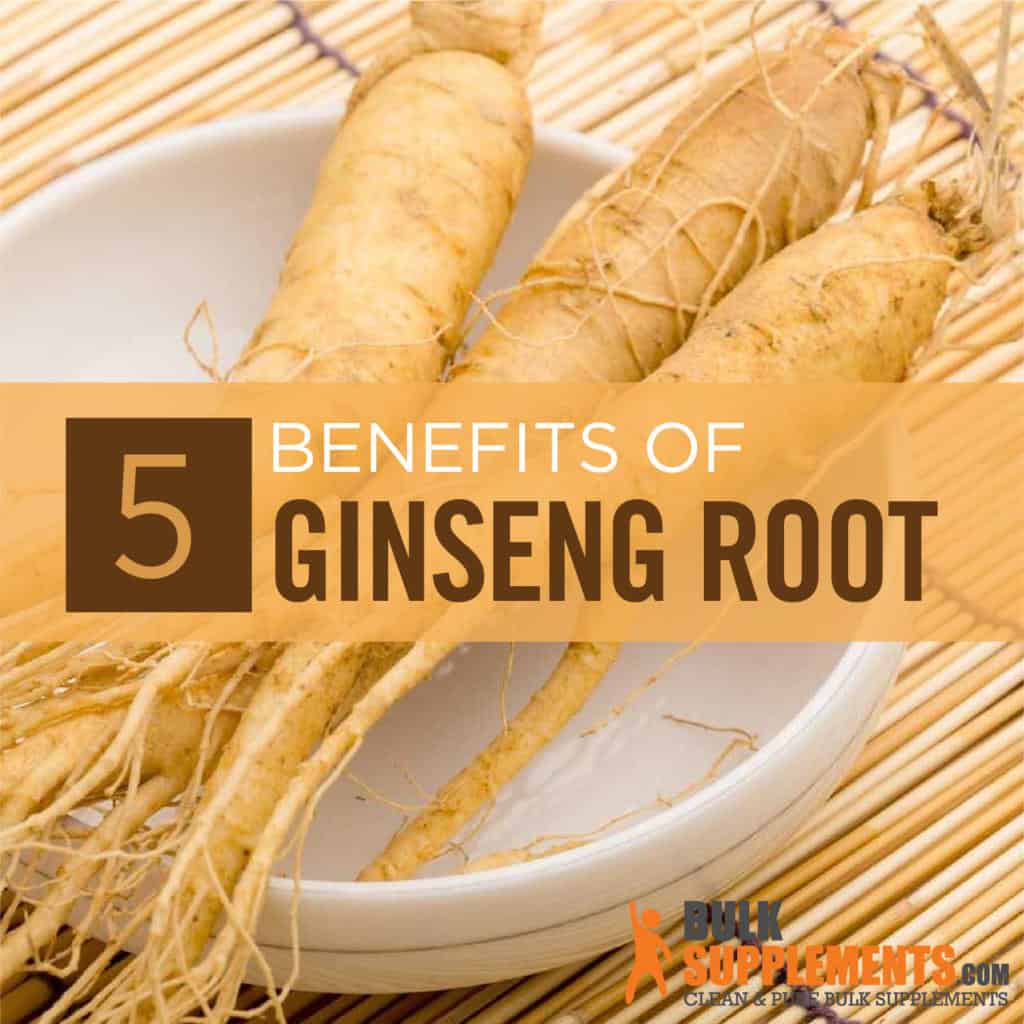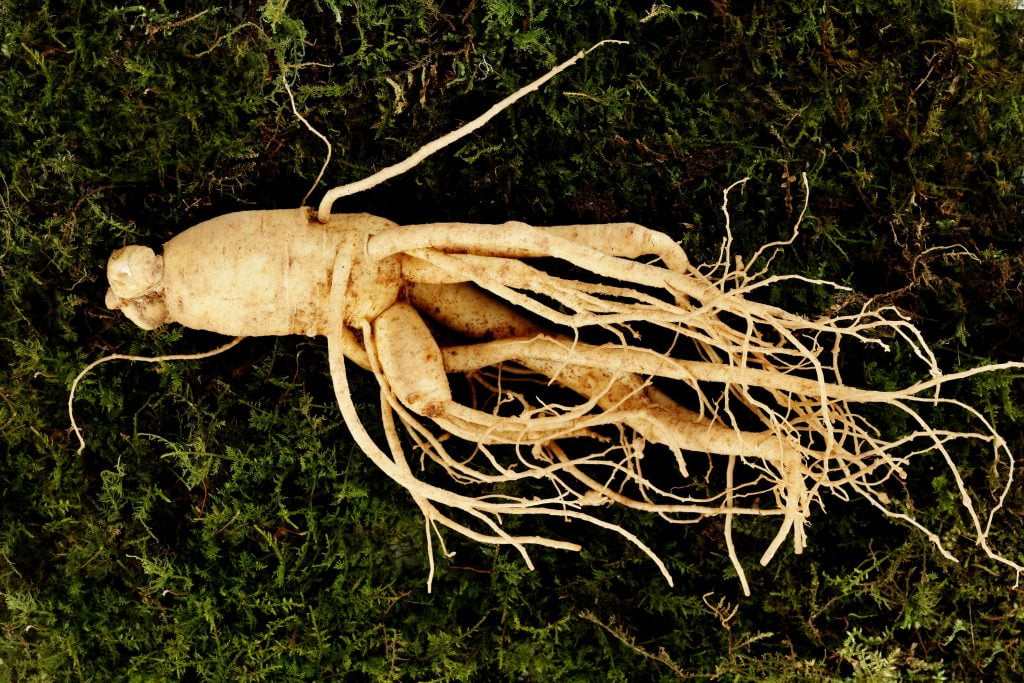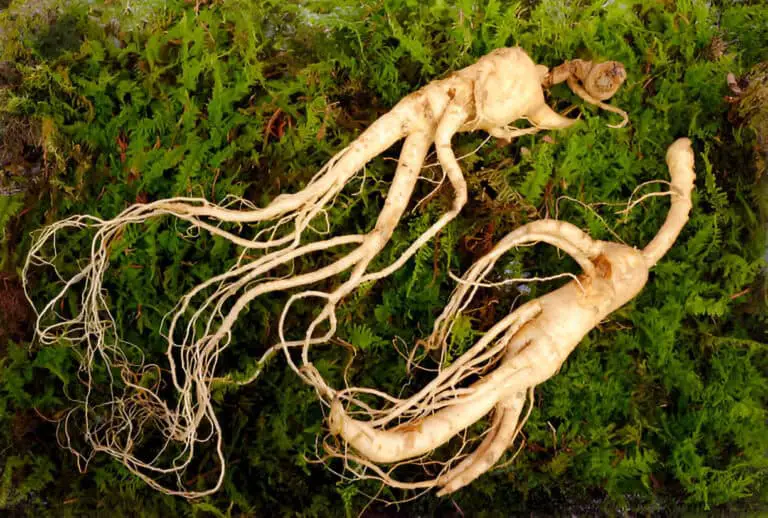Why Is Ginseng Root So Expensive

The allure of ginseng, a root revered for centuries in traditional medicine, is as potent as ever. But beyond its touted health benefits lies a stark reality: the price tag. Why does this unassuming root command such a premium, often reaching exorbitant levels, especially for wild varieties?
At its core, the high cost of ginseng is a complex interplay of factors. This includes scarcity, the arduous process of cultivation (particularly for wild-simulated ginseng), escalating demand fueled by both Eastern and Western markets, perceived medicinal benefits, and, unfortunately, the shadow of illegal harvesting and trade that further inflates prices.
The Scarcity Factor: Wild vs. Cultivated
The most significant driver of ginseng's price is its availability – or, rather, its lack thereof, especially for wild ginseng. Wild ginseng, Panax quinquefolius in North America and Panax ginseng in Asia, is becoming increasingly rare due to over-harvesting and habitat loss. This limited supply naturally pushes prices skyward.
Cultivated ginseng, while more readily available, still requires significant time and resources to produce. Unlike many crops, ginseng requires several years, often four to six, to mature before it can be harvested. This extended growth cycle ties up land and capital, contributing to higher production costs.
Even with cultivation efforts, replicating the purported medicinal qualities of wild ginseng is challenging. Many believe that wild ginseng, grown in its natural habitat, possesses a more potent concentration of beneficial compounds like ginsenosides.
Cultivation Challenges and Wild-Simulated Methods
The cultivation process itself is demanding. Ginseng requires specific soil conditions, typically well-drained, acidic soil under a canopy of shade. This limits the areas where it can be successfully grown.
Furthermore, ginseng is susceptible to various diseases and pests, which can wipe out entire crops. Growers must implement careful management practices to mitigate these risks, adding to their operational costs.
One method gaining traction is wild-simulated ginseng cultivation. This involves planting ginseng seeds in a natural forest environment and allowing them to grow with minimal intervention. This approach aims to mimic the conditions under which wild ginseng thrives, potentially enhancing its quality.
However, wild-simulated cultivation is a long-term investment. It often takes even longer than traditional cultivation for the ginseng to reach maturity, and yields are typically lower, contributing to a higher per-root cost.
Demand Dynamics: Eastern and Western Markets
Ginseng has been a cornerstone of Traditional Chinese Medicine (TCM) for millennia. In Asia, it's valued for its purported ability to boost energy, enhance cognitive function, and promote overall well-being. This long-standing cultural significance fuels consistent and robust demand.
In recent decades, ginseng has also gained popularity in Western markets as a dietary supplement. Consumers are drawn to its potential health benefits, including its adaptogenic properties (helping the body cope with stress) and antioxidant activity.
This rising demand from both Eastern and Western consumers has created a competitive market. The increased demand further strains the already limited supply, driving up prices across the board.
The Perceived Medicinal Benefits and Quality Concerns
The perceived medicinal benefits of ginseng are a major factor influencing its price. Many believe that ginseng can improve cognitive function, boost the immune system, and even combat certain diseases. While some studies support these claims, others are inconclusive.
The price of ginseng often correlates with its perceived quality. Factors like age, size, and appearance can all influence its market value. Older, larger roots with a characteristic shape tend to command the highest prices.
However, determining the true quality of ginseng can be challenging. The concentration of ginsenosides, the active compounds believed to be responsible for its medicinal properties, can vary widely depending on the variety, growing conditions, and processing methods.
The Shadow of Illegal Harvesting and Trade
The high value of wild ginseng has unfortunately attracted illegal harvesting. Poachers often trespass on private or public lands to illegally dig up ginseng roots, threatening the sustainability of wild populations.
This illegal harvesting not only harms the environment but also contributes to the overall scarcity of wild ginseng. It drives up prices even further, making it more difficult for legitimate growers and consumers to access the product.
Furthermore, the illegal trade in ginseng can involve mislabeling and adulteration. Some unscrupulous sellers may try to pass off lower-quality or even fake ginseng as genuine wild-grown product, further eroding consumer trust.
Looking Ahead: Sustainability and Transparency
Addressing the issue of ginseng prices requires a multi-pronged approach. Sustainable harvesting practices are crucial for protecting wild populations from overexploitation. This includes implementing stricter regulations and enforcing anti-poaching measures.
Promoting responsible cultivation methods, such as wild-simulated cultivation, can help increase the supply of high-quality ginseng while minimizing environmental impact. Investing in research to better understand the medicinal properties of ginseng and to develop standardized quality control measures is essential.
Ultimately, greater transparency in the ginseng market is needed to ensure that consumers are getting what they pay for. This includes providing clear information about the origin, cultivation method, and ginsenoside content of the ginseng they are purchasing. Only then can we hope to bring down the price of this revered root and make it more accessible to those who seek its benefits.



